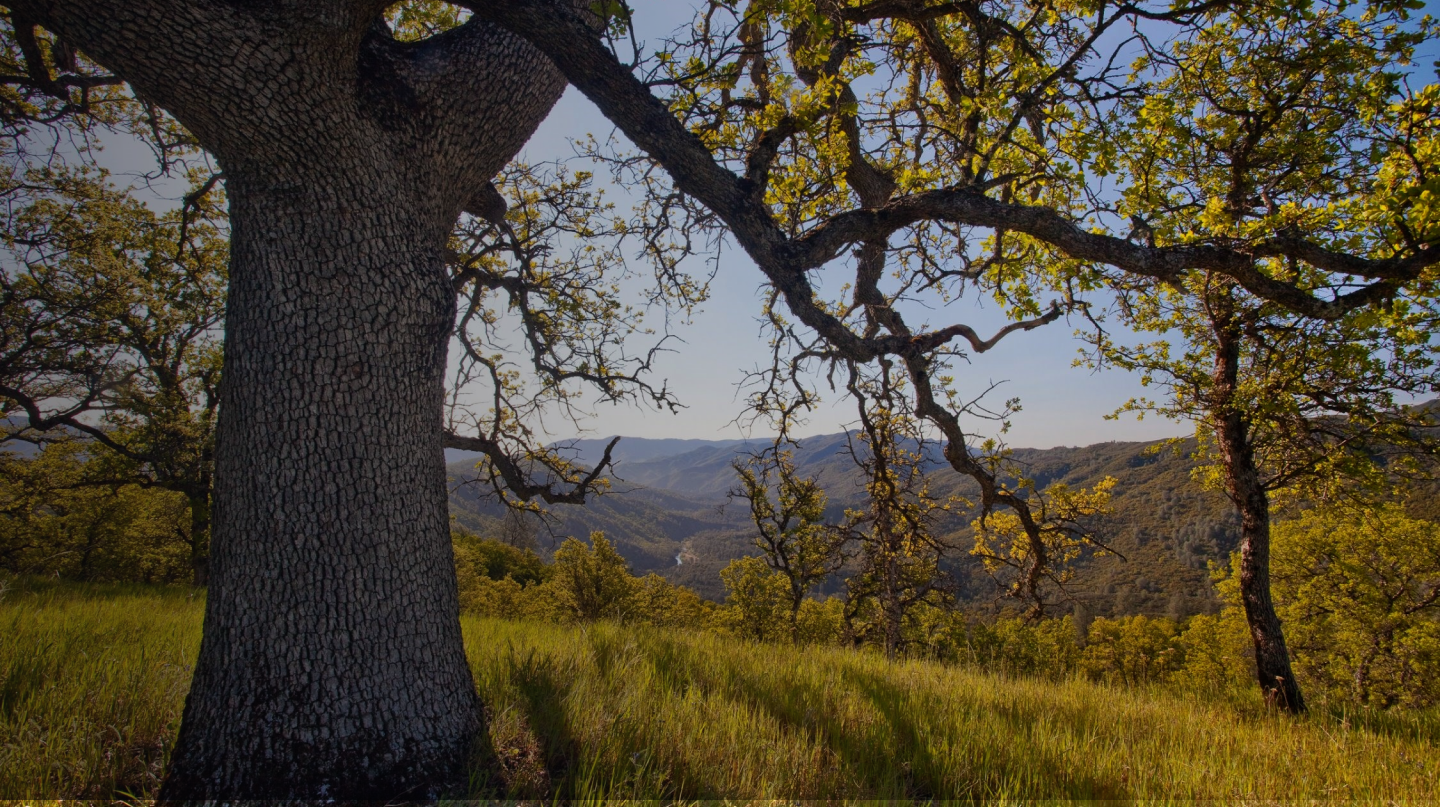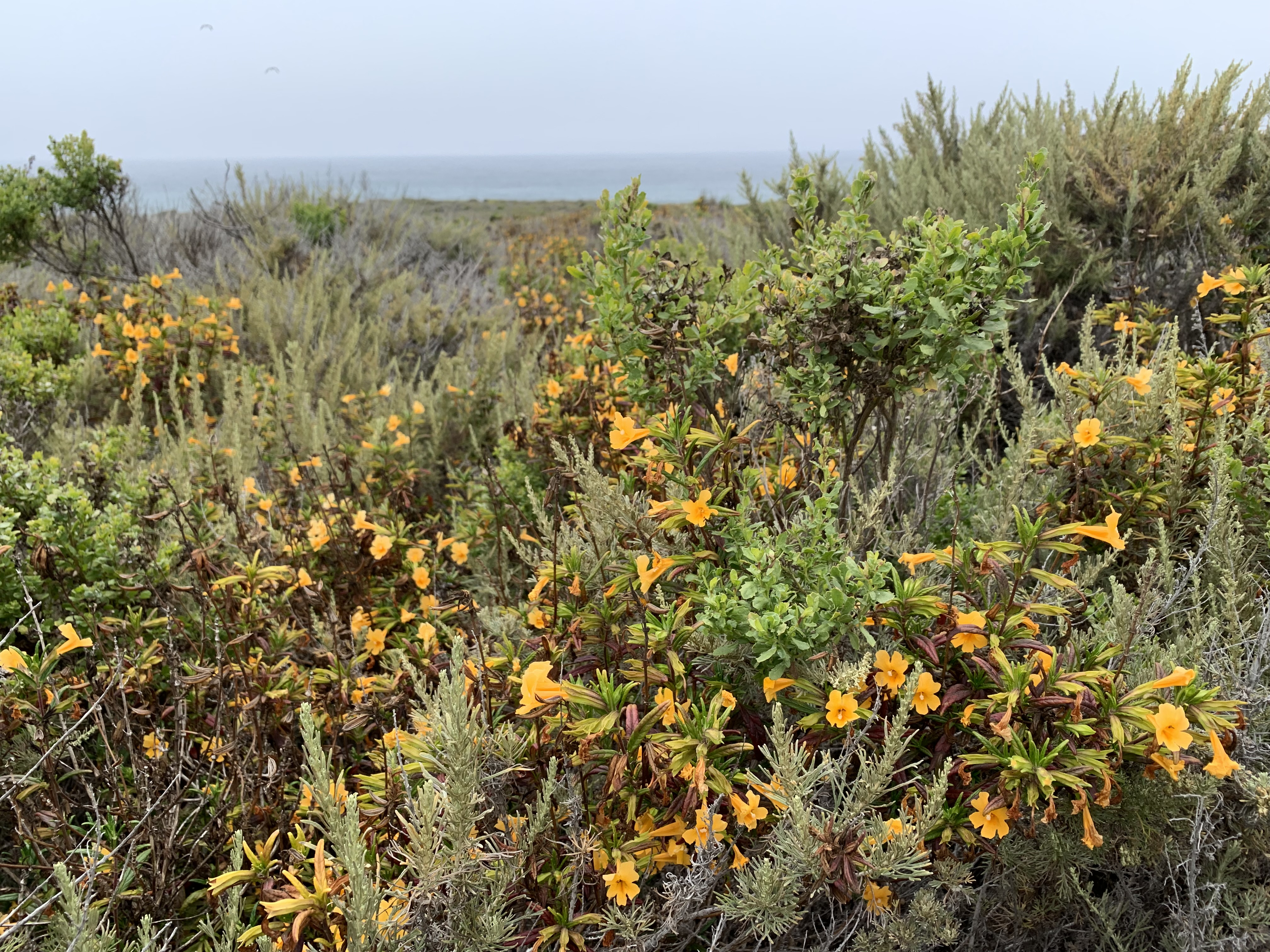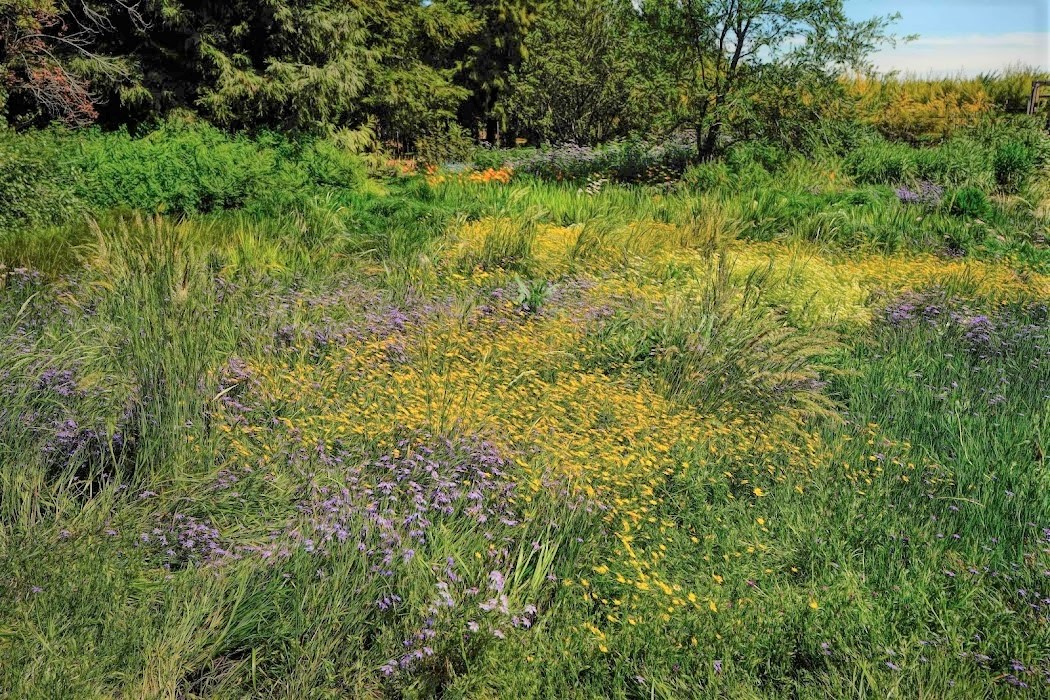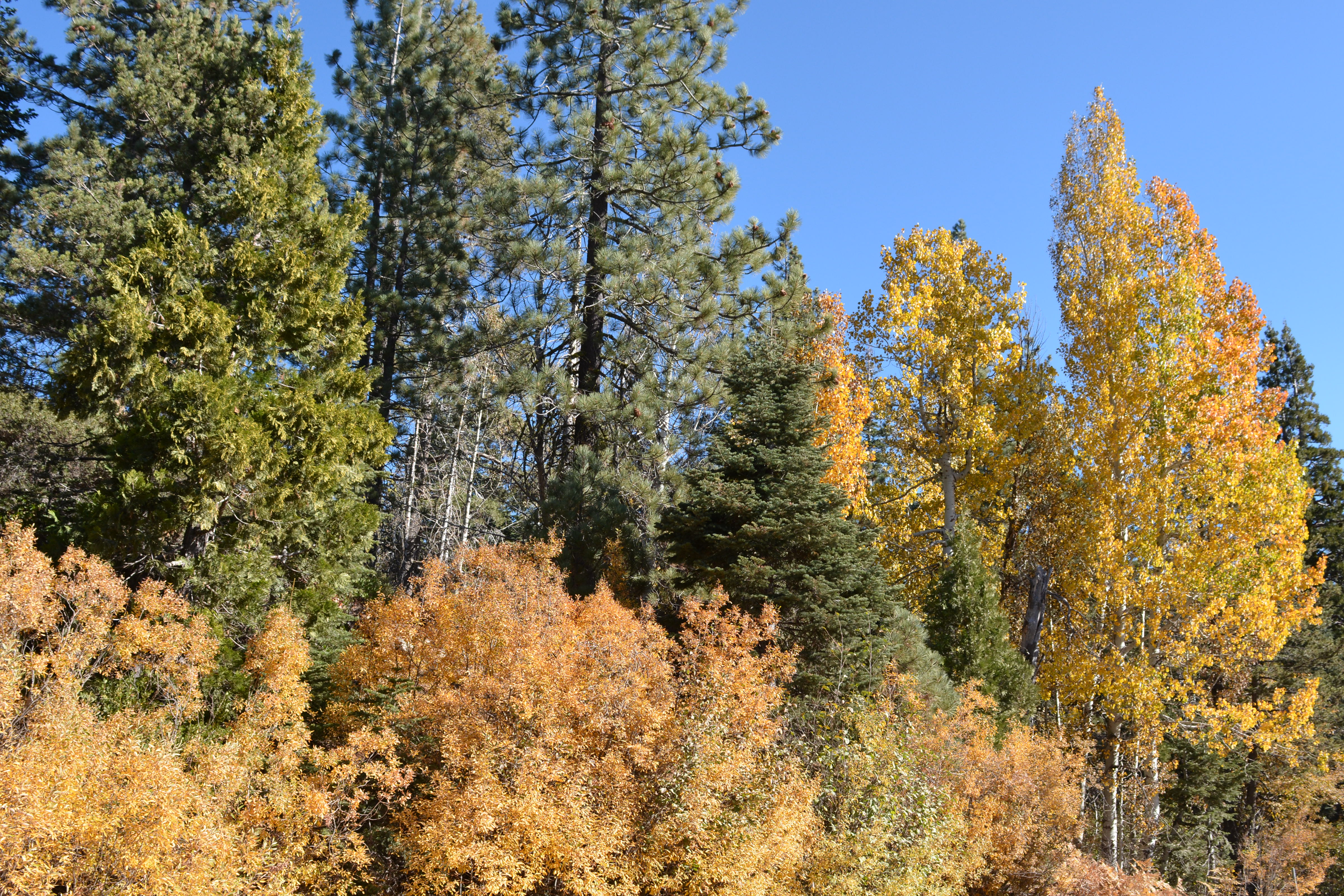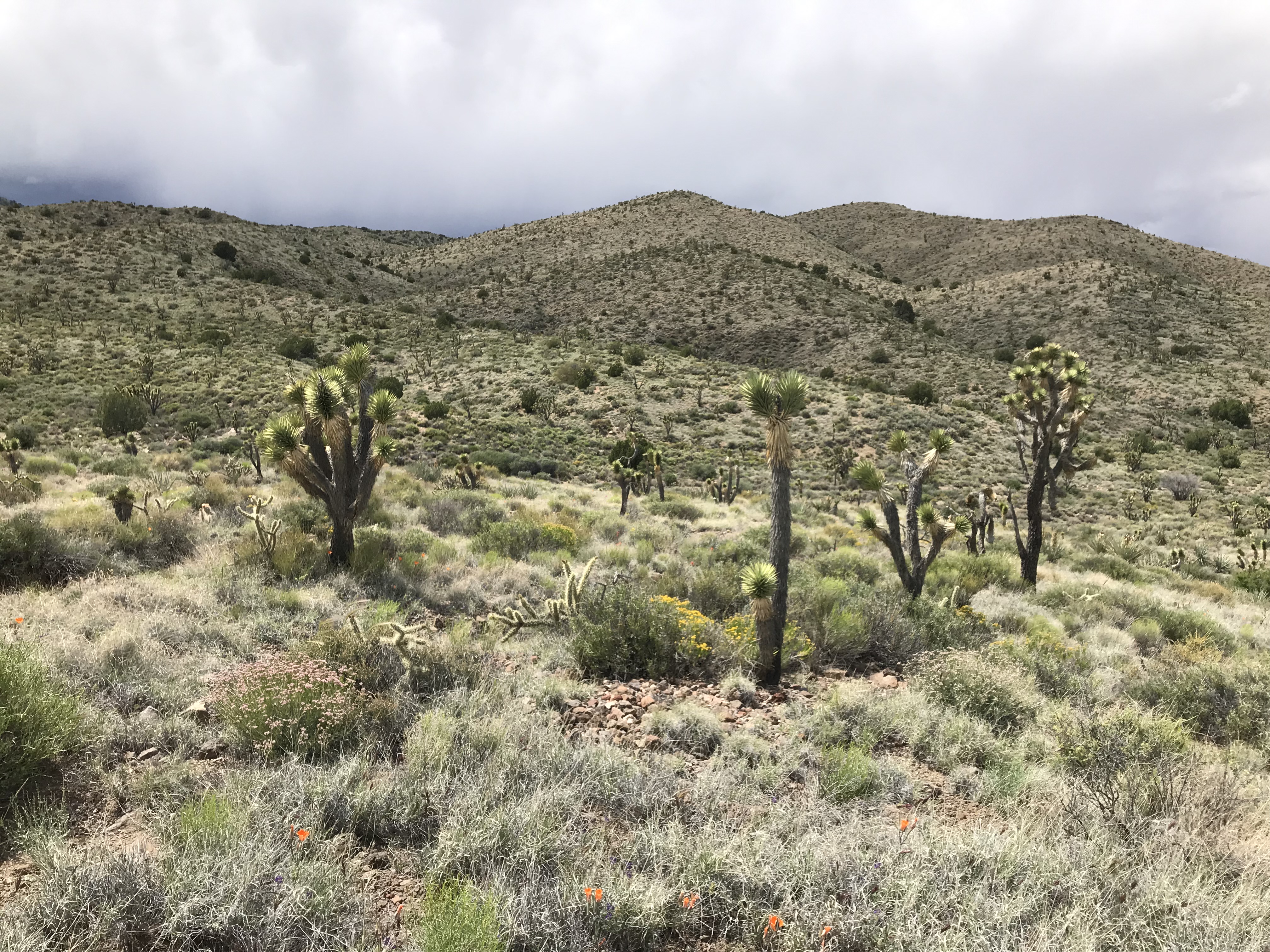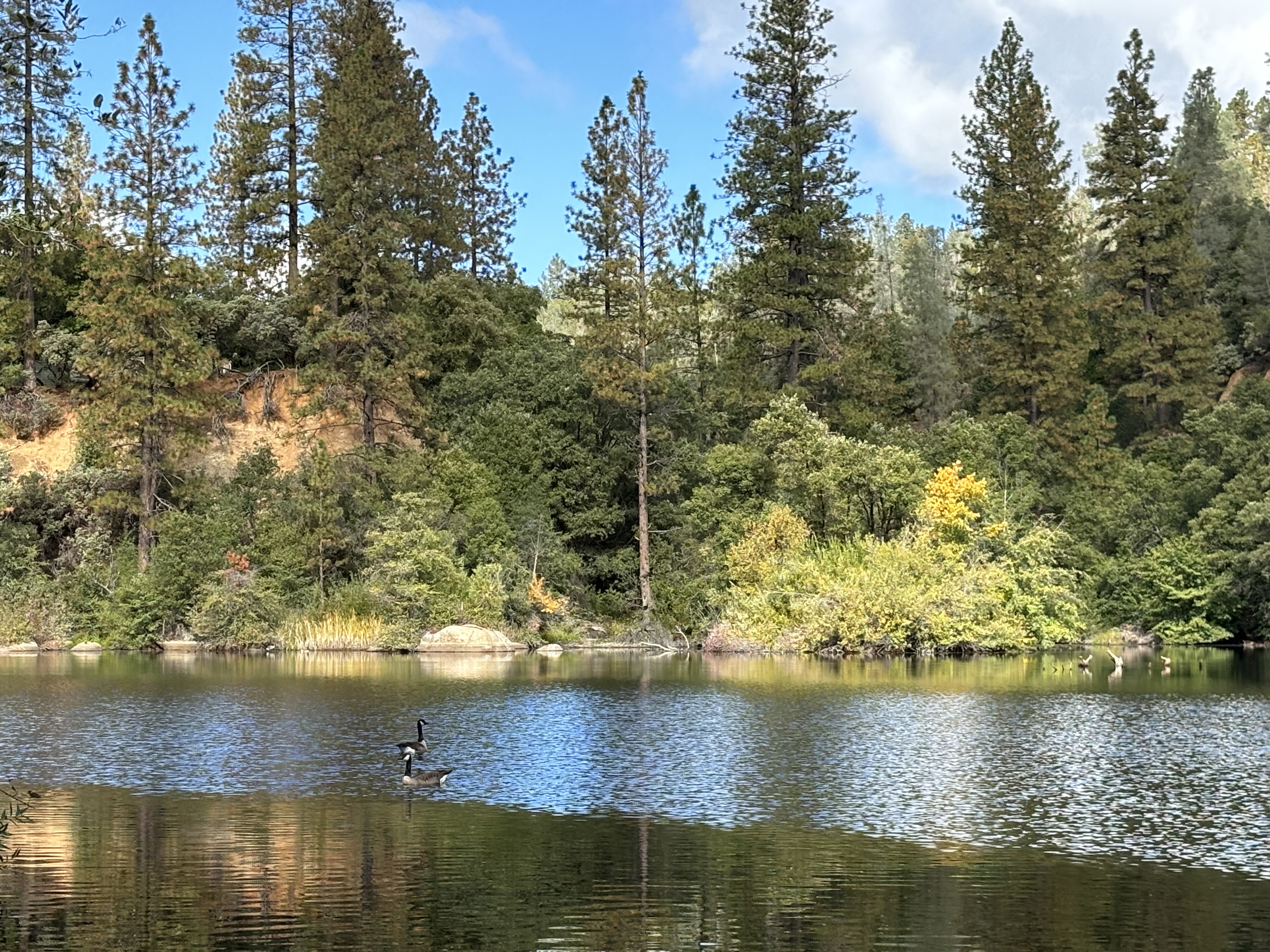In nature, a group of plants that typically grows together in similar environmental conditions is known as a "plant community." These communities often support certain types of wildlife species that have adapted to or with them over time – sometimes over thousands of years.
Authorities define plant communities either broadly or narrowly. For Calscape, we use the broader definitions for common plant communities in California. They are chaparral, coastal scrub, grassland, woodland, forest, alpine, desert scrub, and desert woodland.

